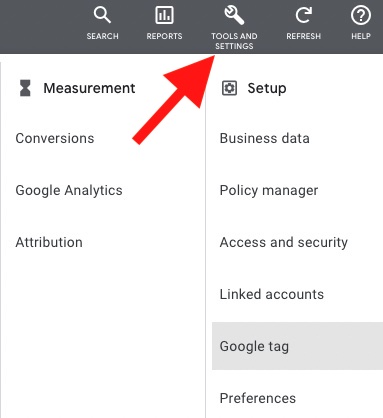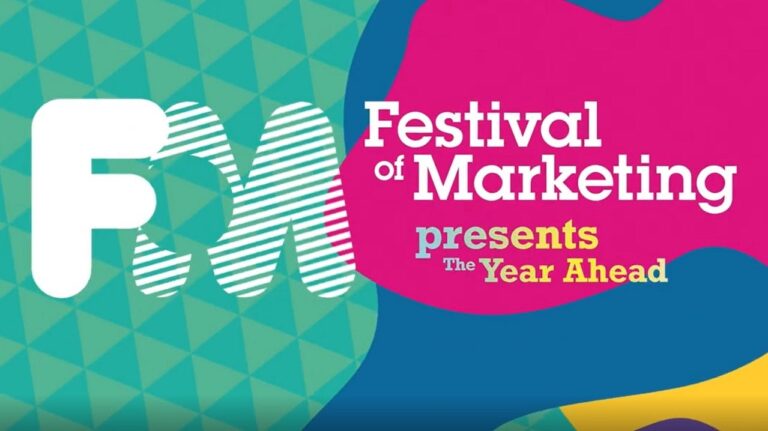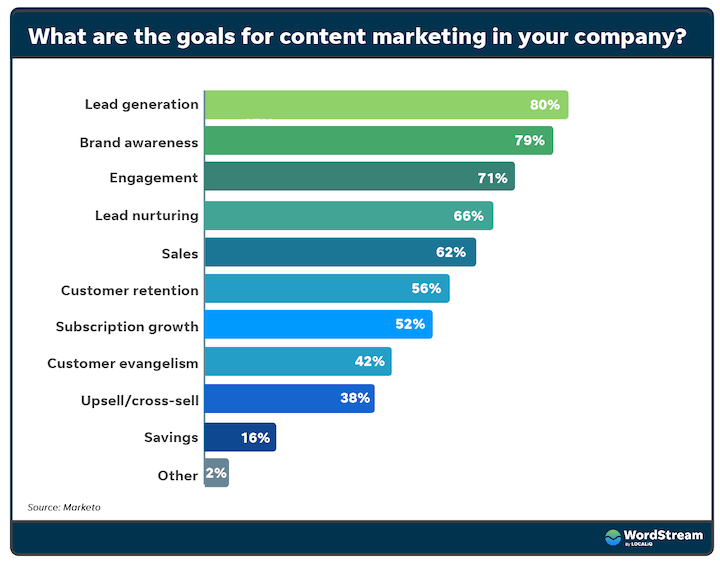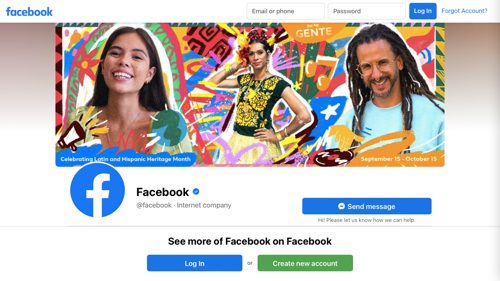
Discover more insights and learn how your business can take the steps to become real-time ready in Edit and Kin + Carta’s report, ‘The Loyalty Paradox: How to Create Connected Experiences That Keep Customers Returning‘.
Next-level personalisation is about landing the right thing with the right customer just at the right moment – and across touchpoints.
Its head of product management, Jim Nakashima, comments: “When we developed the customer journey orchestration features within Dynamics 365 Marketing, we prioritised ensuring the capabilities were customer-led, insights-driven and draw meaningful data from across an organisation, not merely the marketing department. Our AI then takes care of a lot of the heavy lifting, [allowing] users to create meaningful journeys without the need for specialist expertise or a reliance on developers or engineers.”
As the first truly digitally native generation, the increased familiarity with brands’ objectives for data, and the value their data holds, gives them higher expectations for a sufficient value exchange.
He says: “We need to empower and cross-fertilise entrepreneurial, channel-specific innovation and, at the same time, create proper, joined-up, well architected personalisation pivoting off important customer moments. That’s the hard bit. It needs central leadership but collaboration and enthusiasm from multiple different groups. Marketing can’t make it happen on our own, but I reckon we can be the best group to lead the way.”
Effectiveness of incentives shifting
Rubel already has a framework to build on Currys’ already strong progress; the company recently posted first-half profits for 2021 of £45m despite global supply chain issues.
Download ‘The Loyalty Paradox: How to Create Connected Experiences That Keep Customers Returning’
And he and Kin + Carta’s Arnold agree that the ball is firmly in marketing’s court: “What is my perfect customer experience; how do I understand all the declared, observed and inferred data? It’s a different skillset. It’s a specialist marketer skillset, demand for which is only going to increase.”
Dan Rubel, Currys
Data, naturally, underpins the ability to deliver personalised journeys, but to acquire it from consumers requires providing a sufficient level of reward to purchasers, who are increasingly savvy as to the value of the information they share.
Building personal relationships based on behaviour, even if that means driving habitual decision making rather than the more amorphous loyalty, is critical if brands are to retain customers. Across all ages groups and demographics surveyed, over 50% of respondents stated that companies which were not applying personalisation to their communications were unlikely to receive their repeat custom.
Kin + Carta’s customer data director, Gary Arnold, continues: “Brands should consciously map and identify these customer touchpoints, and aim to unify these sources of data, to better understand the totality of customers’ interactions with them. Doing this will provide a view of the real-world ‘journeys’ people follow, versus falling into the trap that marketers and customer experience professionals find themselves in, where pre-packaged envisioned journeys do not match the realities of real consumer behaviour.
“But regardless of how well they are understood, customers can be a ruthless beast and Edit’s research shows that, over time, operational and customer service communication quality actually outweighs rewards as a factor in creating habitual behaviours.”
Edit’s strategic consulting director for marketing technology, Alex Holt, agrees that much more work needs to be done to show consumers that brands haven’t just covered the basics, but also understand the context of their needs. That’s where data points can be used to make an informed decision about propositions that will make the customer feel valued.
What does loyalty really mean? Yes, consumers have some brands they feel a particular affinity for, but could it be said that they are truly loyal? And is driving an emotional response really what brands should be seeking? Or could there be a more mutually beneficial way of building relationships?
As the study demonstrates, we are moving into an era of marketing-plus, as consumers expect content-plus, personalisation-plus, and experience-plus. Transitioning from a campaign focus to an organisation-spanning customer-centric approach no doubt presents challenges to many brands.
Joined-up personalisation
“One of the biggest challenges sits in the way retailers are organised. We tend to have different groups managing each touchpoint – the website team, the stores gang, the advertising crew, the email troop. Each different group looks to make their bit of the experience easy for every customer and then add relevant personalisation on top. We need to connect the dots.”
Edit and Kin + Carta’s research found that consumers are willing to share more valuable information if it gives them more valuable content, though surprisingly the youngest cohort, generation Z, were less willing to share information than their older millennial counterparts.
“Next-level personalisation is about landing the right thing with the right customer just at the right moment – and across touchpoints. Data is an essential foundation, and artificial intelligence, machine learning and clever decision engines help too,” suggests Currys’ brand and marketing director, Dan Rubel.
For Nakashima, Microsoft’s enterprise-wide technology footprint gives the brand a unique advantage. “As we’ve developed Dynamics solutions from insights through to commerce, customer voice and customer service, to natively integrate it breaks down the silos many organisations have, which prevent a unified marketing and operational experience for the customer on- and offline.”
To kick-start that process, traditional reward schemes and offers still provide the strongest incentive, though the research suggests there is significant disparity between genders and ages as to the form and format these promotions should take, with younger consumers in particular favouring exclusivity over discounts.
Recent research conducted by Edit and Kin + Carta reveals that consumers are increasingly habitual, but not loyal. Overall, there are low levels of perceived loyalty towards brands and outlets, with close to one third of respondents stating they show no loyalty to any sector whatsoever, and at least 75% of those surveyed stating they do not have a ‘strong’ level of loyalty towards a brand in any sector.
While developing personalised customer journeys requires supportive technology, what is critical is creating a sufficient level of usability so that marketers can unlock it to best effect, something Microsoft had firmly in mind when its introduced real-time customer journey orchestration to its Dynamics 365 Marketing platform.
Edit’s Holt reveals that the barriers to making progress are coming down. “Technology is making it easier to capture and process data, so it’s easier to implement and deliver personalisation through automation at scale. You can start having strategic thoughts because it’s no longer a multimillion-pound project to implement. Where my role as a consultant is critical is guiding companies on the behaviours and actions they need to implement for the first time to make this a reality.”
Julie Austin, marketing and digital director for Bravissimo, would agree, but only to the extent that this is what she would consider table stakes. “Going the extra mile for our customers has always been about really listening and being focused on creating not just a functional service, but an emotional experience. Honesty and transparency have always been important, but never more so than through the pandemic. This goes through being honest and up-front about everything, from delivery lead times to your sustainability commitments.”
There is still work to be done to create the organisational and technological structures to deliver this seamlessly orchestrated journey, as Currys’ Rubel explains.
“The most game-changing thing is identifying the key trigger moments that count and then designing an end-to-end, multi-touchpoint, personalised experience that dazzles,” Rubel insists. “For Currys, those are moments like moving house, or when the washing machine is on the blink, or – the moment we dislike the most – when a customer starts to engage with us a little less than normal. When a customer is in one of those moments, then we’re working to make sure our experience pivots to be more relevant – online, in store, in email, on the doorstep and more.”




![Social Performance Marketing, As We Once Knew It, is Dead [An Open Letter]](https://research-institute.org/wp-content/uploads/2021/04/what-to-know-before-you-sell-your-small-business-768x432.png)

